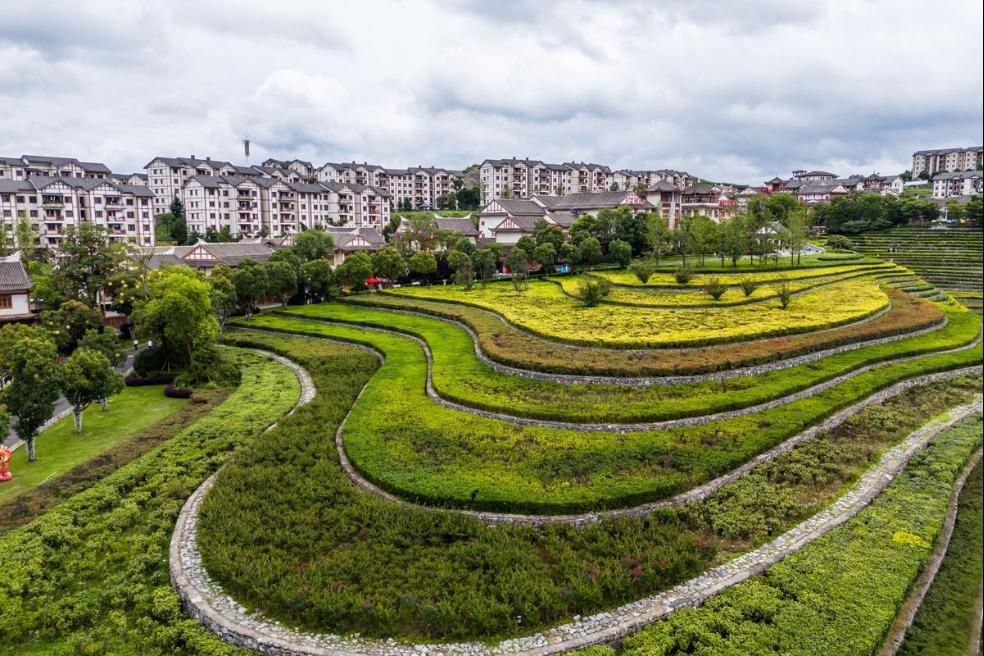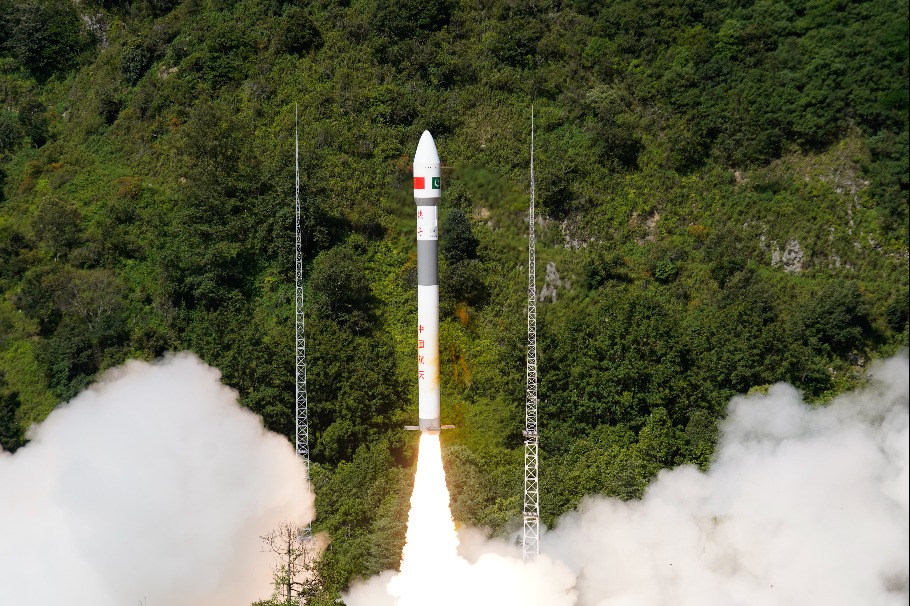Chongqing hospital makes a breakthrough in discovering another GPS system in the brain


"The hippocampus is the central hub for the spatial cognitive map, which makes spatial navigation in the brain possible," said Professor Zhang. He explained, for more than 40 years since the initial discovery of place cells in 1971, the field of neuroscience has generally believed that the system for spatial navigation in the brain is mainly located in the hippocampus and entorhinal cortex.
"Our team recorded the neural activity from the primary somatosensory cortex in foraging rats," said Professor Zhang. "To our surprise, we were able to detect the complete core components of spatially selective firing patterns similar to those reported in the hippocampal-entorhinal network, namely, place cells, head-direction cells, boundary vector/border cells, grid cells, and conjunctive cells, in the primary somatosensory cortex."
The findings prove that these newly identified somatosensory spatial cells form another set of a spatial map outside the hippocampal formation supports the hypothesis — location information modulates body representation in the somatosensory cortex.
- PLA celebrates 98 years, vows strength and readiness
- Fun on tap: Qingdao beer tent vibes
- German youngsters experience Torch Festival in Yunnan province
- Free nucleic acid screening for Chikungunya fever launched in Foshan township
- UN officials visit Fudan University to promote AI cooperation
- Beijing's Miyun Reservoir working smoothly despite record inflow of water





































